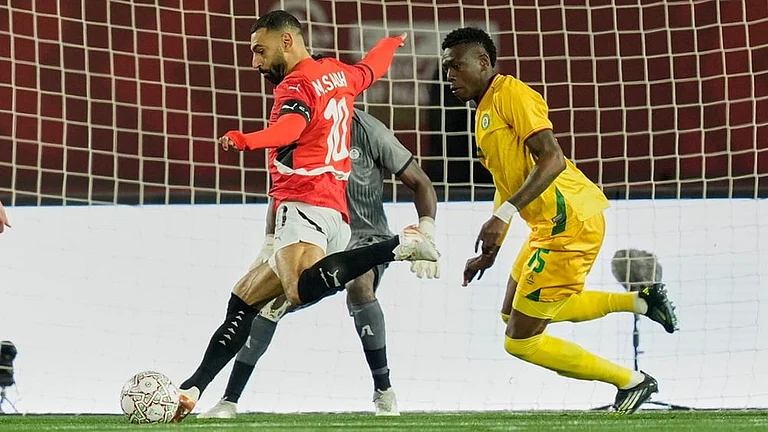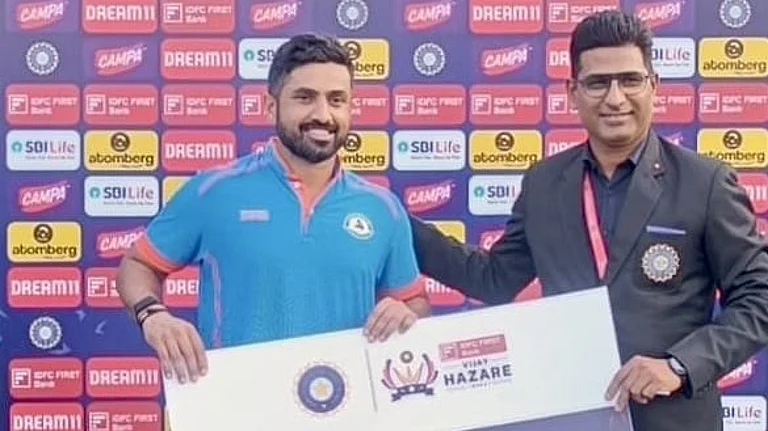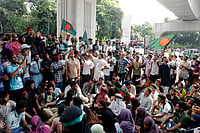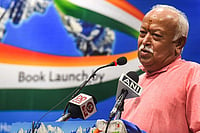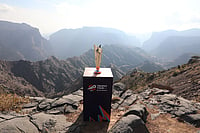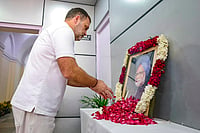At last a book on the man whose films have taught us more than our textbooks, whose cinema told us that life is not a drudge or a bore but just a fun ride—enjoy it! On leaving theatres after watching his films, our feet walked two feet above the ground, filled with euphoria as the skies lit up with a rainbow, giving us fresh vigour to face our tedious and mundane lives. He also inspired generations of filmmakers and their work: Raj Kumar Hirani; Shoojit Sarkar; David Dhawan; Dibakar Banerjee; Nagesh Kukunoor and many more. A formidable filmography of forty-three films (and many more where he was involved creatively) spanning four decades, working with some of the finest writers, musicians, lyricists, actors and actresses, where team-work blurred individuality and at times screen credits were given at random and none ever objected.
Called the dada moshai of Carter Road, Hrishikesh Mukherjee’s house, Anupama, where countless of his films were shot, was truly the fountainhead of all creativity. To quote from the book: “This is the house on any given day you would bump into Sachin Dev Burman coming in with his starched white Banglaa dhoti or a young Amitabh and Jaya in deep conversation, Ritwik Ghatak sprawled on a bed, Salil Choudhury and Utpal Dutt exchanging notes, Rekha giggling as she demonstrated some aerobic exercise, Rahi Masoom Raza and Rajinder Singh Bedi sharing Urdu shairs, Dina Pathak reliving her lines (on dancer Chandralekha’s request) from the famous IPTA play Jasma Odan or Usha Kiron carrying armloads of Maharashtrian mustard-chilli pickles. Ashok Kumar, David and Gulzar were members of the household. Being at Anupama was like being in the warmth of a creative community. Tea, food and conviviality were constant.” If anything, his home was the kitchen of creative minds where ideas and films were cooked.
The book successfully unravels the wonderful and magical mind of this creator through all his films, some insightful interviews and many spicy anecdotes gathered from innumerable sources. A difficult task indeed. But the reader is well rewarded, especially the ones who have experienced the magic of Hrishida. You’re on a roller-coaster ride from chapter to chapter, from film to film, from comedies to tragedies, dissected and creatively analysed, unraveling their excellence and the process that helped unleash the creative juices. Hrishikesh Mukherjee truly deserves the credit of his name above the title of his films as he continues inspiring us in our daily lives. But the most valuable contribution of the book is a portrait of a man who is so modest, so self-effacing, filled with self-doubt and yet in total command on the sets that even actors of the calibre of Dharmendra and Amitabh trembled before him. Whoever had the chance to meet him knew how helpful and encouraging he was to young and upcoming talents.
If there are a few quibbles, then it is that book is too anecdotal and depends too heavily on stories people who knew Hrishida had told the author. These could be just memories of people narrating the anecdotes, not necessarily factually correct. Another disconcerting part is that the book refers to the characters’ names while referring to the films rather than the actor. So, in Bawarchi it is Raghu throughout the discussion, rather than Rajesh Khanna and in Guddi it is Kusum, not Jaya Bhaduri. But beyond these, Singh’s book is a toast to Hrishkesh Mukherjee’s soul and fairly succeeds to bring him alive for all of us
(Kundan Shah is the director of Jaane Bhi Do Yaaron)








